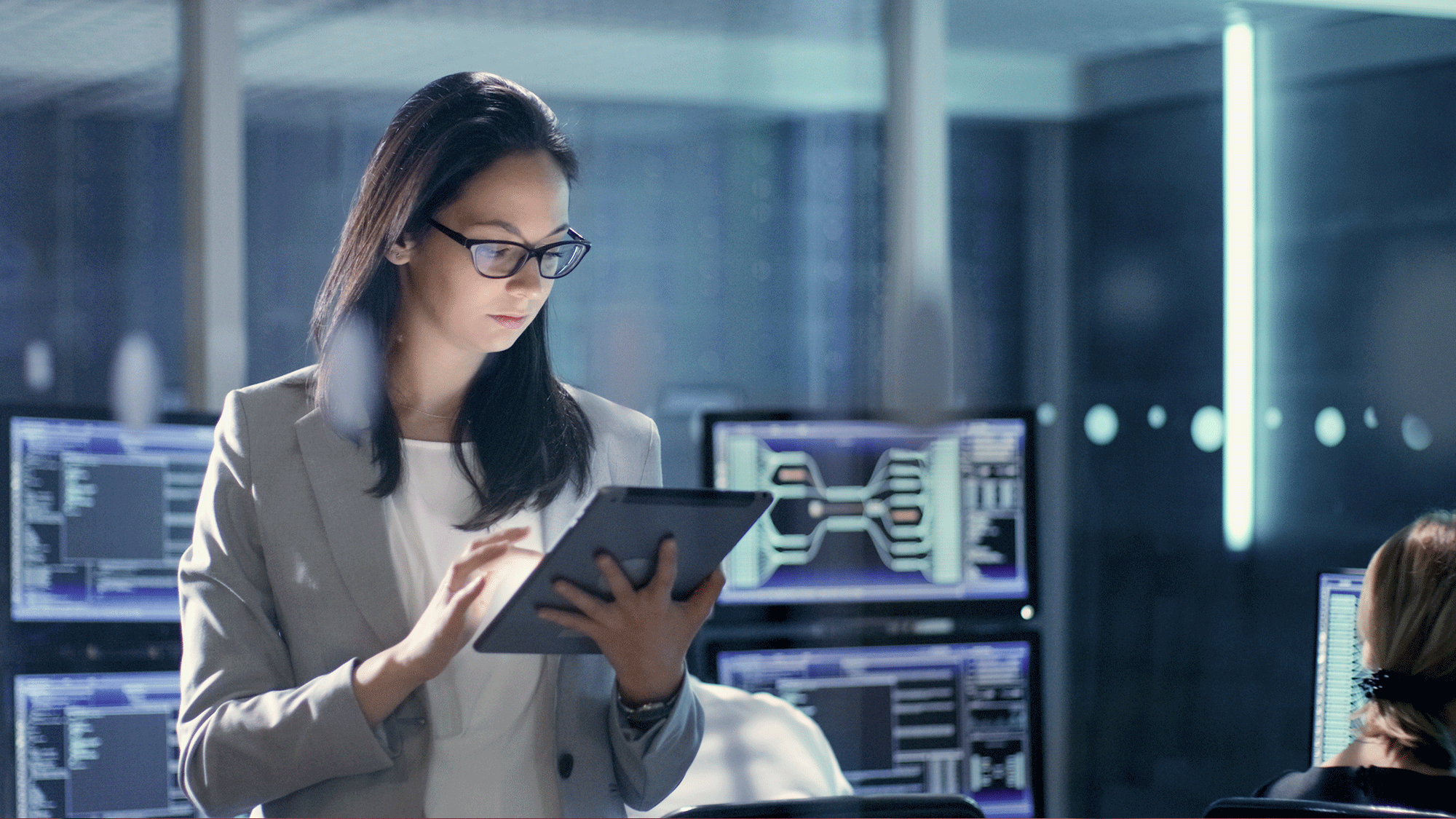Welcome to the Topic “10 Key Components of Cyber Security | How to Benefit from Them?”
Cyber security is a term that refers to the security of electronic information. It includes activities to protect electronic data from unauthorized access or theft.
Cyber security is important for individuals, businesses, and government agencies to protect their confidential information and prevent unauthorized access.



- The Importance of Cyber Security
- The 10 Key Components of Cyber Security
- How to Benefit from the 10 Key Components of Cyber Security
- Conclusion – Protecting Your Business with the Right Cyber Security Plan
The Importance of CyberSecurity
In today’s digital age, cyber security is more important than ever before. With so much of our lives and businesses now conducted online, there are a growing number of opportunities for cyber criminals to exploit vulnerabilities and access sensitive information. While the importance of cyber security cannot be understated, many businesses still do not have adequate protection in place. This can leave them at serious risk of attack, with the potential for serious financial and reputational damage.
The 10 Key Components of Cyber Security
There are 10 key components of effective cyber security:- Firewalls
- Anti-virus and anti-malware software
- Secure passwords
- User authentication
- Data encryption
- Access control
- Regular updates and patches
- Virus Protection
- Access control
- Authentication
- Firewalls
- Anti-virus and anti-malware software
- Secure passwords
- User authentication
- Data encryption

- Access control
- Regular updates and patches
- Virus Protection
- Access Control
- Authentication







